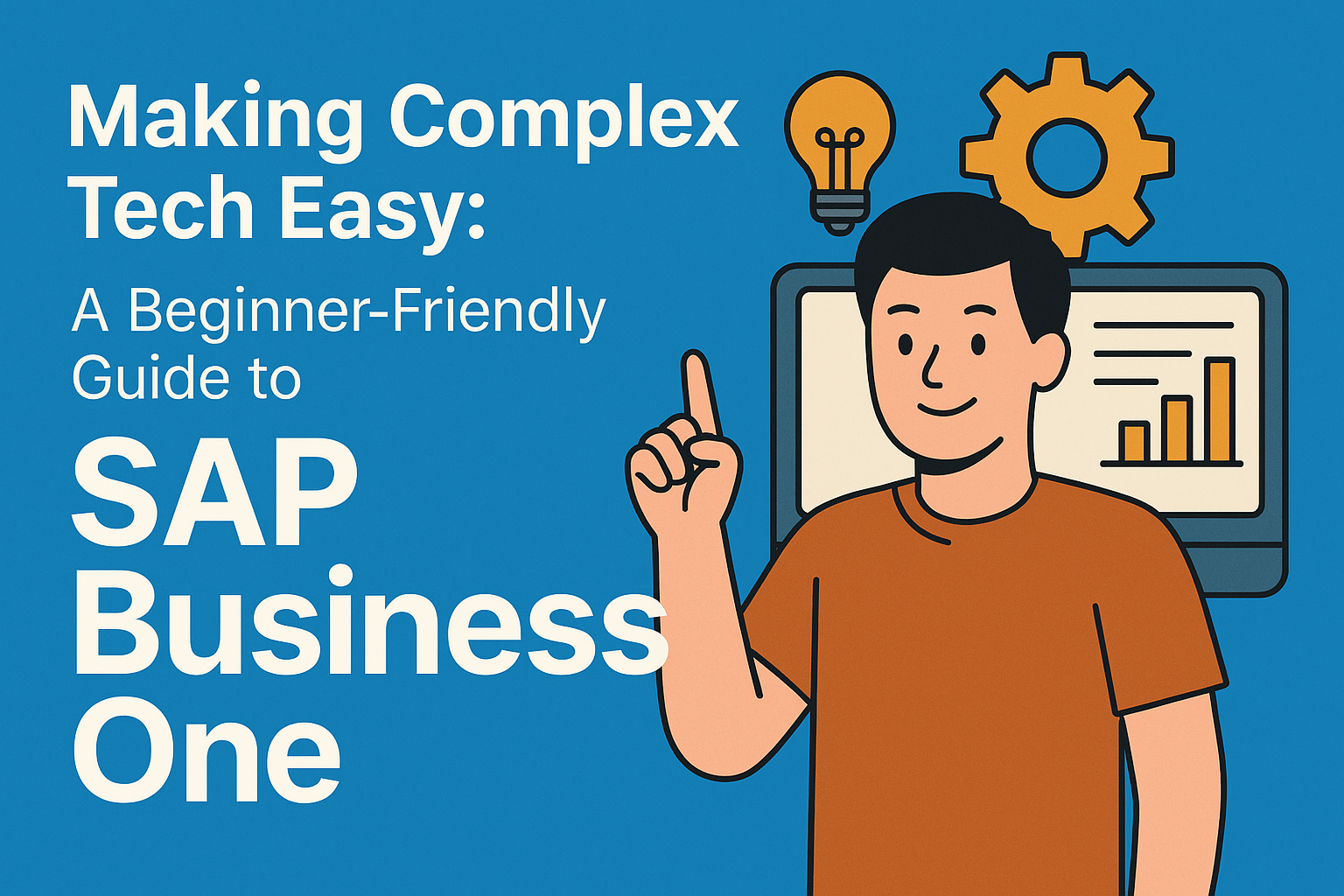
What Is Item Cost in SAP B1?
The Item Cost is:The value of the item per unit in the warehouse.
Calculated and updated based on inventory transactions.
Dependent on the valuation method used:
Moving Average
Standard Cost
FIFO (First In, First Out)
Serial/Batch (SAP B1 Version 10 & above)
⚙️ Where You Can See Item Cost
Item Master Data > Inventory Tab (for each warehouse)
| 🧾 1. Moving Average | |||
| 🔹 What it means: | |||
| The item cost is recalculated every time you receive stock. | |||
| It reflects a weighted average of existing inventory and the new receipt. | |||
| 🧮 Example: | |||
| Transaction | Qty | Unit Price | Moving Avg Cost |
| GRPO 1 | 10 | $10 | $10 |
| GRPO 2 | 10 | $20 | ($10×10 + $20×10) / 20 = $15 |
| Delivery | 5 | – | Issues at $15 each |
| ✅ Best for: | |||
| Fast-moving items | |||
| Simple cost tracking | |||
| Non-batch/serial-managed items | |||
| 🧾 2. FIFO (First In, First Out) | |||
| 🔹 What it means: | |||
| Cost is based on the earliest received stock (the “first in” stock). | |||
| Cost is consumed in the order items were received. | |||
| 🧮 Example: | |||
| Transaction | Qty | Unit Price | Moving Avg Cost |
| GRPO 1 | 10 | $10 | $10 |
| GRPO 2 | 10 | $20 | ($10×10 + $20×10) / 20 = $15 |
| Delivery | 5 | – | Issues at $15 each |
| ✅ Best for: | |||
| Industries where inventory is used in order of arrival (e.g., food, pharma) | |||
| More accurate profit margin tracking | |||
| 🧾 3. Standard Cost | |||
| 🔹 What it means: | |||
| Item cost is fixed manually. | |||
| All inventory transactions use the same cost regardless of purchase price. | |||
| 🧮 Example: | |||
| Transaction | Qty | Purchase Price | Standard Cost |
| GRPO | 10 | $10 | $8 (fixed) |
| Delivery | 5 | – | Issued at $8 each |
| Note: Variance between standard cost and actual cost goes to price difference accounts. | |||
| ✅ Best for: | |||
| Manufacturing or cost-controlled environments | |||
| Where cost is predetermined and variance is tracked separately | |||
| 🧾 4. Serial/Batch Valuation (New in SAP B1 10.0) | |||
| 🔹 What it means: | |||
| Cost is assigned per serial number or batch. | |||
| Each issued unit uses its actual cost, not an average or layered value. | |||
| 🧮 Example: | |||
| Batch | Qty | Cost | |
| A | 10 | $10 | |
| B | 10 | $12 | |
| If you issue from Batch B, the cost = $12 (regardless of other stock) | |||
| ✅ Best for: | |||
| Serialized/batch-managed items | |||
| Industries requiring precise traceability (pharma, electronics, Chemical inds. etc.) | |||
| 📋 Summary Table | |||
| Valuation Method | Cost Based On | Changes Over Time | Best For |
| Moving Average | Weighted average | Yes | General inventory |
| FIFO | Layered (oldest stock) | Yes | Perishable goods, regulated sectors |
| Standard Cost | Manually fixed | No (unless updated) | Manufacturing, budgeting |
| Serial/Batch Costing | Batch/serial-specific cost | No (per unit fixed) | High-precision or compliance-required |
Disclaimer:
The views and opinions expressed in this post are based on my personal experience as an SAP Business One Consultant and are intended for informational purposes only. They do not represent SAP SE or any official SAP documentation. Always consult your SAP partner or certified professional before making any business or technical decisions. Information provided is accurate to the best of my knowledge at the time of writing and may change with future updates to SAP B1. Use any scripts or examples provided at your own risk. Always test in a development test environment before applying to live/production systems.